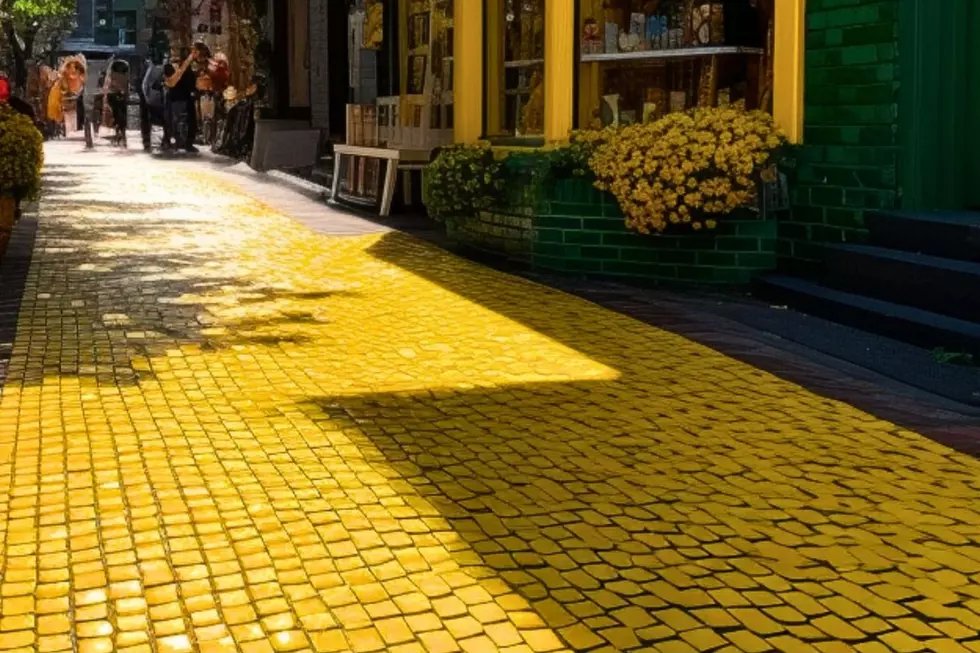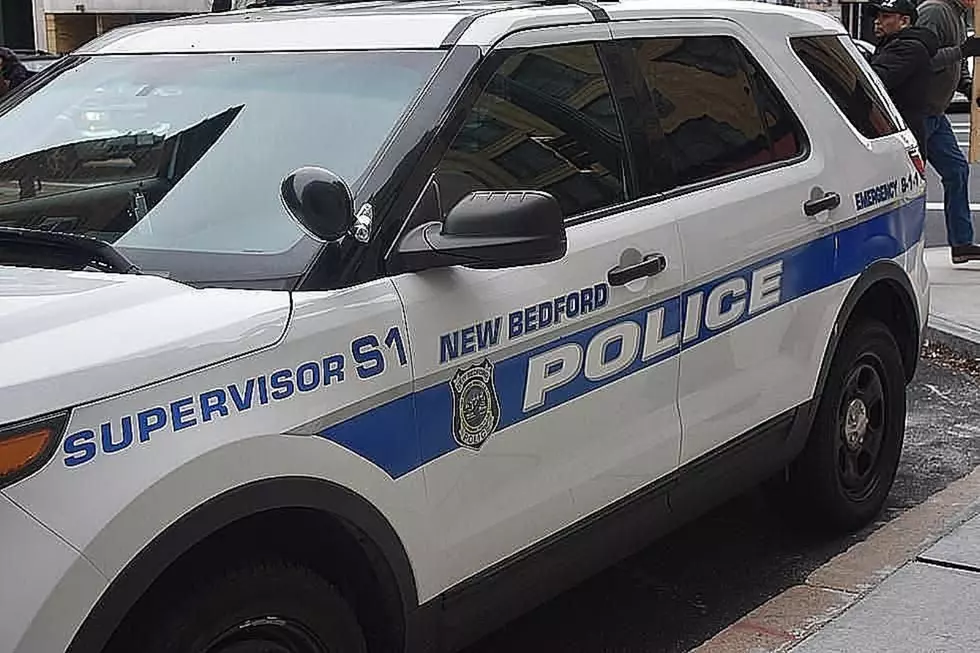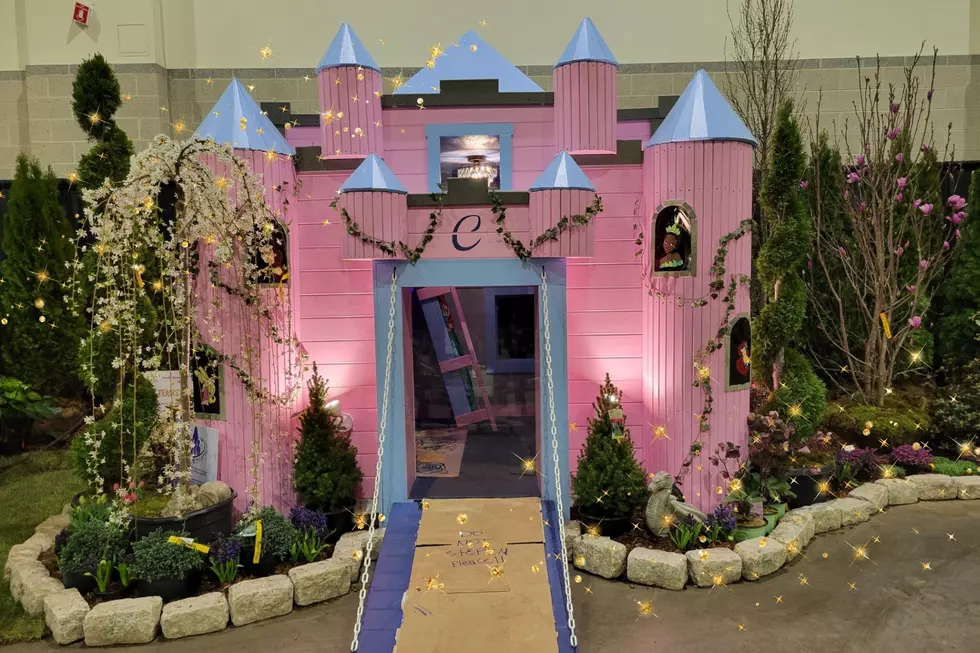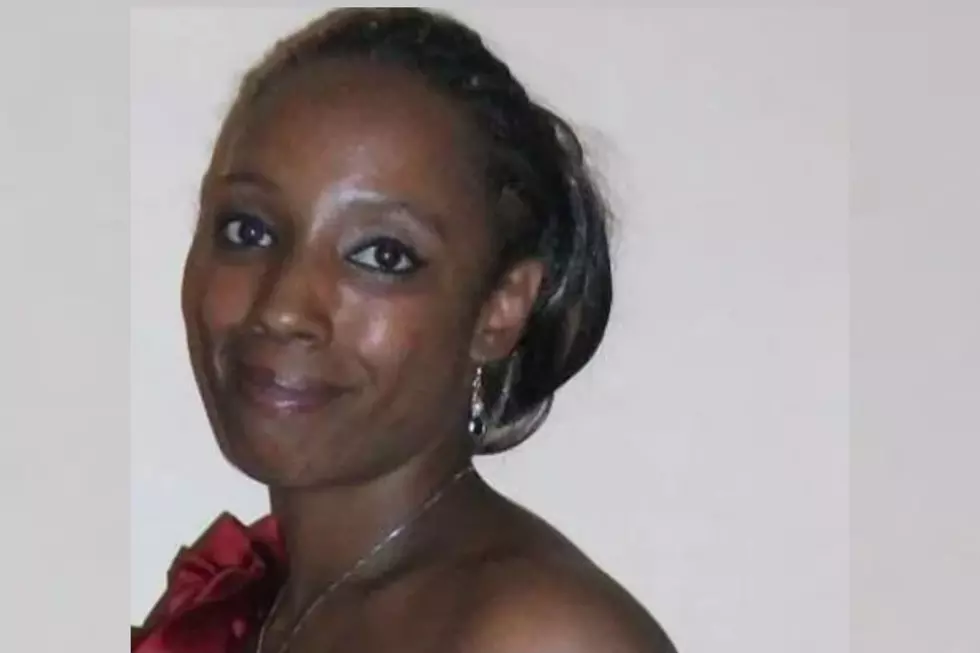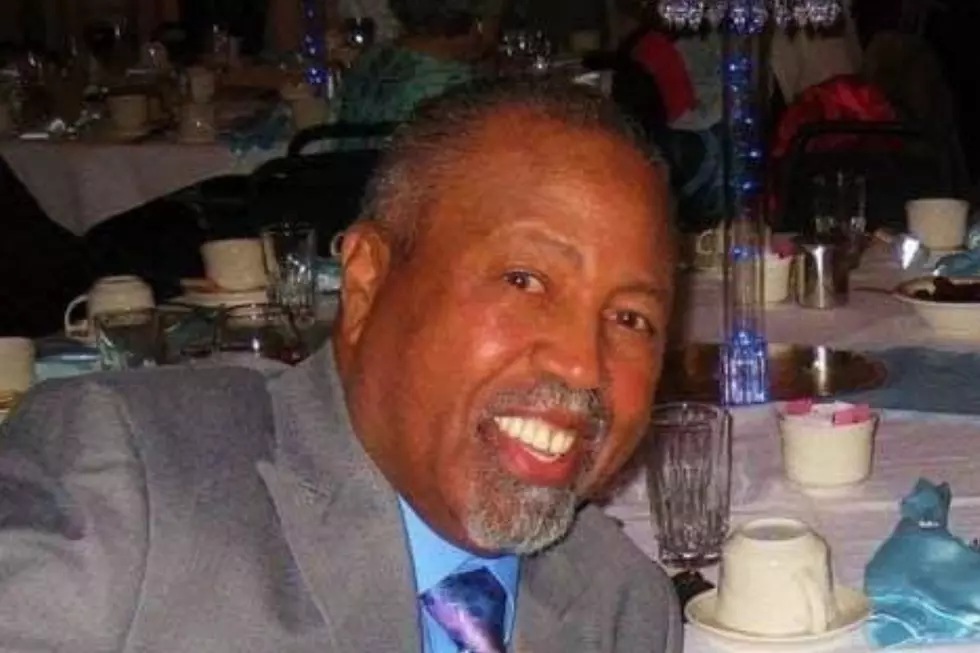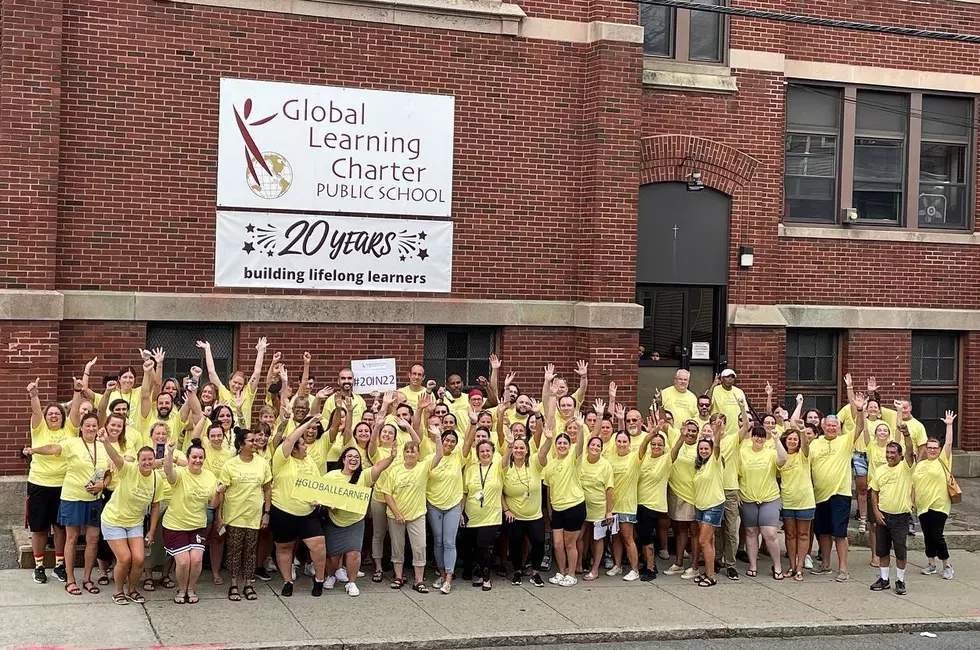
Memories of the New Bedford July 1970 Riots
NEW BEDFORD — For a few weeks in July 1970, parts of Kempton Street in New Bedford were a no-go for some residents, with barricades made of burnt out cars — and the violence culminated in the murder of a teenager in broad daylight.
According to the Encyclopedia of American Race Riots, Vol. 2, the unrest in New Bedford that summer "constituted a serious, even major civil disturbance."
The encyclopedia goes on to note that the city saw "extensive arson, intensive looting, dozens of sniper incidents, and sizeable street crowds confronting local, area, and state police."

The Beginning
It all started with the arrest of a young African-American man in the West End on July 8.
The New York Times reported that a man was stopped for a defective headlight and was reportedly arrested for disorderly conduct.
But members of the community accused police of mistreating him, triggering widespread unrest, according to the Encyclopedia of American Race Riots.
The incident took place amid issues of high unemployment, inadequate education, poor housing, and other problems that simmered under the surface, the book states.
One Man's Memory
New Bedford activist Buddy Andrade remembers the unrest that summer.
"It was about housing and jobs," he said of the rioting. "And police brutality. The same issues that we're dealing with now, in some parts of the country."
He said many folks back then were living in "deplorable conditions," including rat-infested houses that were old, full of lead, and poorly maintained.
"We had what we called rabbit-run apartments, you could go from the kitchen to the bedroom, that kind of thing," Andrade said. "The housing code for New Bedford had to have a major, major change after the riots."
Andrade said he was in the Marine Corps stationed in Cherry Point, North Carolina when he woke up to the news — and decided to head back home on a weekend pass to see what was going on.
"I remember coming up Kempton Street and getting stopped by the police, and all that stuff," he said. "We had our uniforms on, we had to show our ID cards."
"It was weird, let's put it that way," he remembered. "To come up the street and see cops and barricades and all the riot gear...You could see burnt out places, you could see the barricades that the police had. It was very dreary."
"It's a sad memory," Andrade added. "And unfortunate."
What Happened?
The encyclopedia states that “spontaneous and initially unorganized” clashes between “scores of youth and police and firefighters” kicked off the rioting, with injuries on both sides.
By July 9, the violence had spread to the South End and the Puerto Rican and Cape Verdean neighborhoods there.
Homemade barricades of overturned and burning cars went up in the West End, and youths threw rocks and other debris, started fires, and even reportedly sniped at vehicles in the area, including police vehicles.
TV crews came to town to report on the unrest by July 10.
According to the encyclopedia, the mayor called the situation a "revolt," while young black men called it a "revolution."
A National Guard unit in Fall River was placed on alert — but the force was never used.
The Killing of Lester Lima
Despite the violence, no one was shot until a 17-year-old Cape Verdean boy named Lester Lima was killed and three other youths injured in a shooting on Saturday, July 11.
According to news reports and the encyclopedia, the shotgun blast came from a car driven into the neighborhood by white people who fired into a crowd.
But they were acquitted of the crime nearly one year later, according to a Standard-Times article from 1997 reporting the death of one of the accused men.
"Lester Lima was murdered by these four white guys," Andrade said. "Nothing ever happened."
The deadly shooting caused "a dramatic escalation of violence," the encyclopedia states.
"My uncle at the time was on the police force," Andrade noted. "There were many Cape Verdean police officers on the force at the time...And this wasn't something that you necessarily talked about at the dinner table."
"We didn't disrespect the police officers that we knew, because at that point they were only doing their job," he added.
Black Panther Party in New Bedford
The Encyclopedia of Race Riots notes that New Bedford has a "long tradition of dissent."
"Religiously tolerant, racially diverse, and socially progressive from its earliest days, it was home to Quakers and Baptists, free people of color (including an especially large fugitive slave community), and a significant abolitionist presence," the book states.
As part of that history, the 1970 riots helped establish a New Bedford anti-fascist group affiliated with the Black Panther Party, headquartered on Kempton Street.
But a police raid on the building on July 31 resulted in the arrest of the "New Bedford 20," a group of around 20 people — including three members of the Boston Black Panther Party.
According to the encyclopedia, city officials blamed the Panthers as outside agitators, accusing them of causing the trouble in New Bedford.
The Aftermath
Although the riots resulted in some changes, Andrade said there have been no long term benefits for the city's minority communities.
He said the push for urban renewal that began in the 1960s and saw the demolition of many old housing units and construction of new developments did little to help.
"They put all these housing projects out there, put all the minorities out there, all the poor people out there," he said. "But what difference did it make?"
"We were looking for jobs, business opportunities, things of that nature," Andrade added. "And that really didn't happen."
New Bedford Park Renamed for Civil Rights Hero
Buildings Featured in the New Bedford Pathways Historical Walking Tours
More From WFHN-FM/FUN 107

